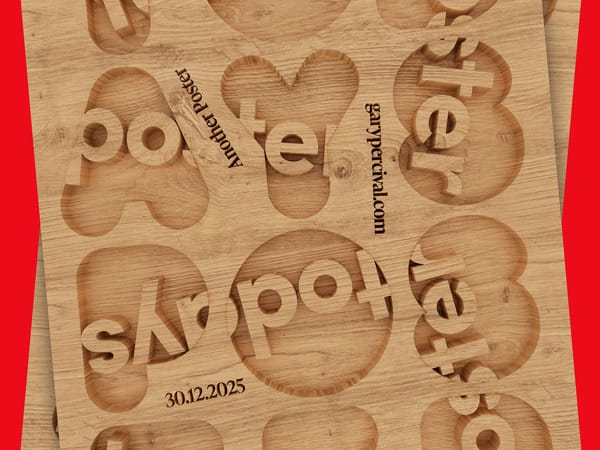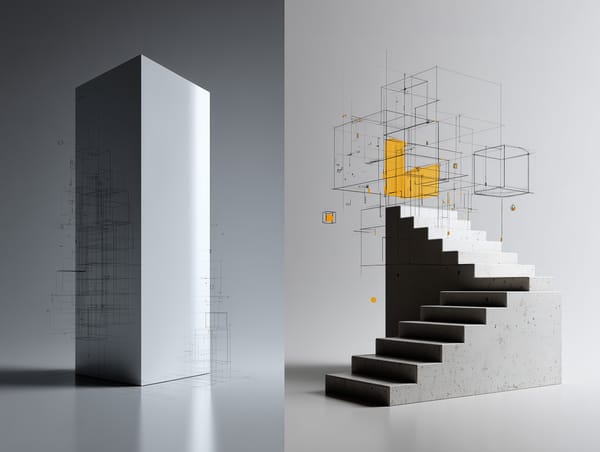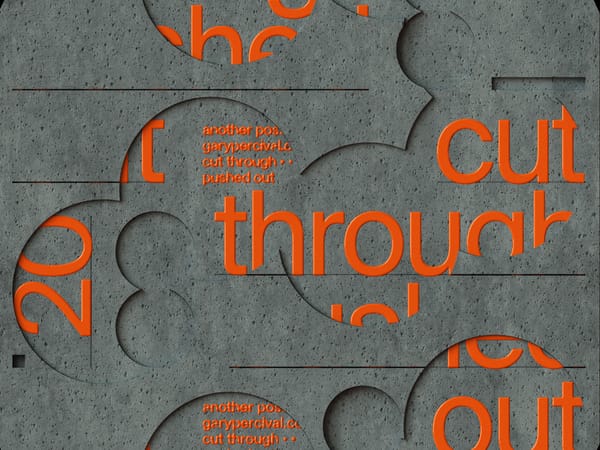What Worked Yesterday Could Ruin You Tomorrow
“What worked yesterday may have built your foundation, but it’s what you do next that determines whether you keep growing or quietly fade into the background.”

Success is seductive.
When something works, it’s natural to keep doing it. The campaign that landed your biggest client. The style that brought in a wave of attention. The process that made a project flow smoothly.
But here’s the danger: what if the thing that built your career became the very thing holding you back? The more you repeat what worked yesterday, the less you notice when the world changes around you. What was once an advantage can quietly become a liability.
For freelancers, designers, and creatives, this risk is amplified—because your tools, audiences, and opportunities evolve faster than in most industries. What worked yesterday might not just fail tomorrow. It could actively harm you.
The Trap of Yesterday’s Success
When a method, style, or approach delivers results, it creates a psychological anchor:
- You associate it with progress.
- You feel safer repeating it than trying something new.
- You assume past success predicts future success.
But creative work doesn’t happen in a static environment. Clients change. Markets shift. Technology advances. Trends rise and fade. What once differentiated you can quickly become the thing that makes you blend in.
Habits reinforce this. Once something works, it often becomes your default without you realising it. Habits save time and reduce decision fatigue—but they also blind you to alternatives. Left unchallenged, they turn from support systems into constraints.
The Illusion of Timeless Methods
Some processes feel timeless. You might tell yourself:
- “Good design is always good design.”
- “This process has worked for years, so it will keep working.”
- “Quality will always stand out.”
The principles of quality may endure, but the way they are expressed constantly shifts. An approach that once looked fresh can start to feel dated, even if the foundation remains solid. And in creative industries, perception is often as important as execution.
When Yesterday’s Work Becomes Today’s Limitation
Yesterday’s solutions can become today’s problems in several ways:
- The market catches up—what was once a differentiator becomes standard.
- Audience expectations change—what people valued before no longer excites them.
- Tools evolve—technology makes your process slower, more expensive, or less relevant.
- Creative stagnation—repeating the same challenges keeps you from learning new ones.
Why It’s Hard to Let Go
Moving on from what worked isn’t just strategic—it’s emotional. You may feel:
- Loyalty to the approach that got you here.
- Fear of losing the identity you’ve built around it.
- Uncertainty about what will replace it.
This attachment is natural, but it’s dangerous if it stops you from recognising when a method has passed its prime.
Testing the Present Against the Future
To avoid the trap, ask yourself:
- If I started from scratch today, would I choose this method?
- If I saw another creative using my exact approach, would it feel cutting-edge or dated?
- If this approach stopped delivering tomorrow, would I already have an alternative?
These questions expose whether your success is durable or just momentum from the past.
Building an “Expiry Date” Mindset
Every approach has an expiry date, even if it’s not printed on the label. The best creatives treat methods as temporary—useful for now, but not sacred. This mindset:
- Keeps you alert to shifts in audience, market, or technology.
- Makes experimentation routine, not reactive.
- Reduces the shock when change is necessary.
Think of your principles as roots and your methods as leaves. Roots provide stability. Leaves grow, shed, and regrow with the season.
Avoiding the “Copy-Paste” Approach
When something works, the temptation is to copy-paste it across projects. This feels efficient, but predictability dulls impact.
Instead, isolate the elements that made it successful and reapply them in new ways. That way, you evolve without discarding your strengths.
The Risk of Overfitting
In data science, overfitting happens when a model is too tuned to past data, making it poor at predicting the future.
Creative work has the same risk. Methods too tuned to yesterday’s conditions may excel in a world that no longer exists. The solution is to train yourself on diverse challenges so your instincts remain adaptable.
Building Adaptation Into Your Process
You can reduce the risk of being trapped by yesterday’s success by:
- Regularly experimenting—dedicate time to trying unrelated approaches.
- Seeking external input—study how others are evolving their work.
- Tracking performance trends—notice when results plateau or decline.
- Setting deliberate retirements—phasing out methods before they fade on their own.
The Creative Dividend of Letting Go
Letting go of what worked yesterday is uncomfortable, but it brings benefits:
- Fresh energy—new challenges reignite curiosity.
- Expanded skills—new tools and styles broaden your range.
- Stronger positioning—staying ahead signals relevance and foresight.
Each time you replace an old approach with a better one, you prove to yourself—and others—that your value isn’t tied to a single formula.
Recognising Early Warning Signs
Signals that your “yesterday” is becoming a liability:
- You’re getting the same kind of work repeatedly, even if you want to expand.
- Audience enthusiasm for your new work is lower than before.
- You repeat design decisions out of habit.
- Competitors’ work increasingly resembles yours.
These aren’t failures—they’re cues to begin evolving.
Closing Perspective
In creative work, yesterday’s success is a double-edged sword. It can build confidence and credibility, but it can also lock you into patterns that no longer serve you.
The challenge isn’t to discard everything you’ve done—it’s to recognise that every method has a lifespan. Holding onto it too tightly after its peak can erode your relevance.
The most resilient creatives know their real advantage isn’t a single winning formula. It’s the ability to evolve—to replace what’s outlived its moment and keep building approaches that fit the world as it is now, not as it was yesterday.
What worked yesterday may have built your foundation. But it’s what you do next that decides whether you keep growing or quietly fade into the background.



